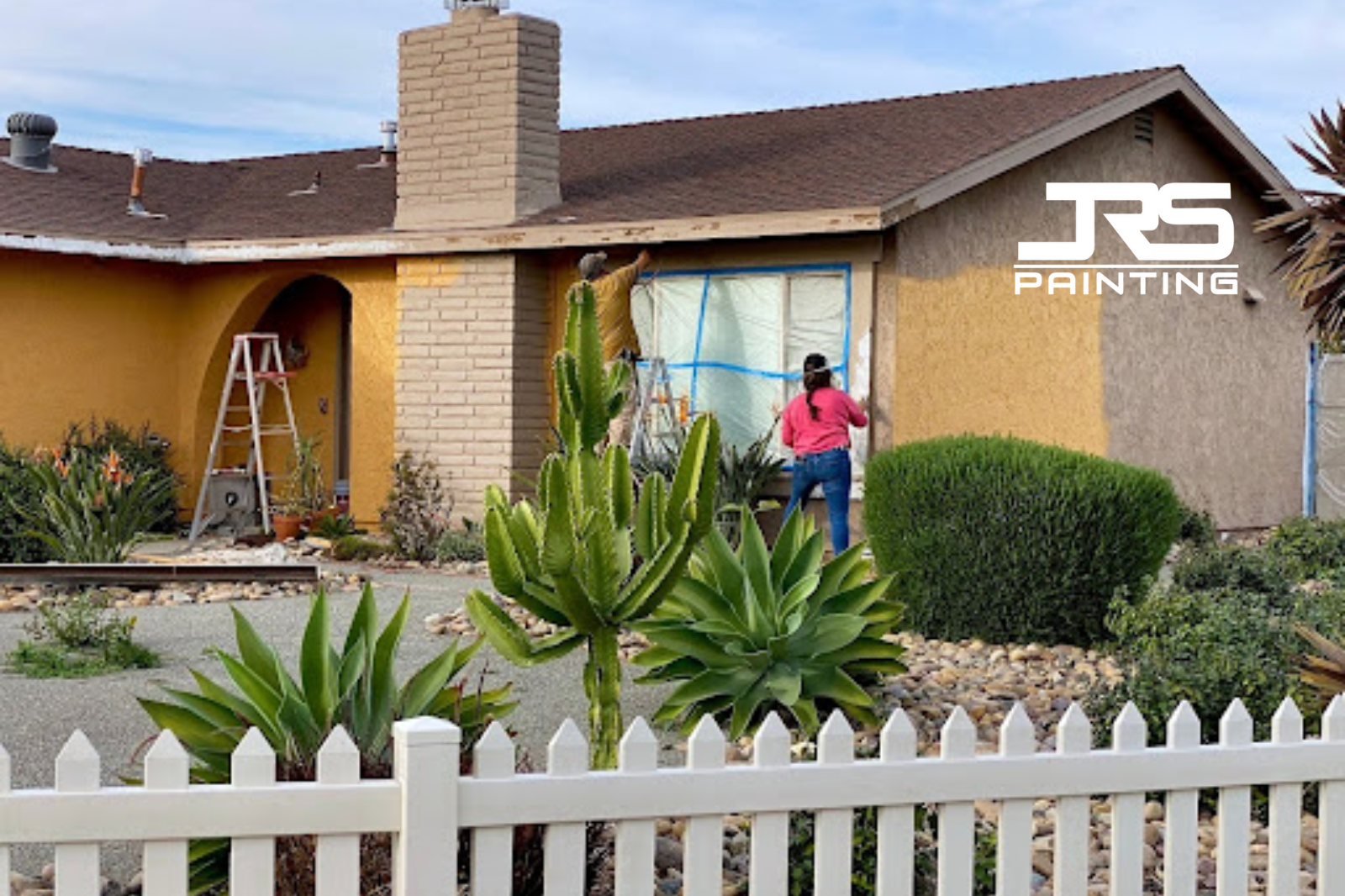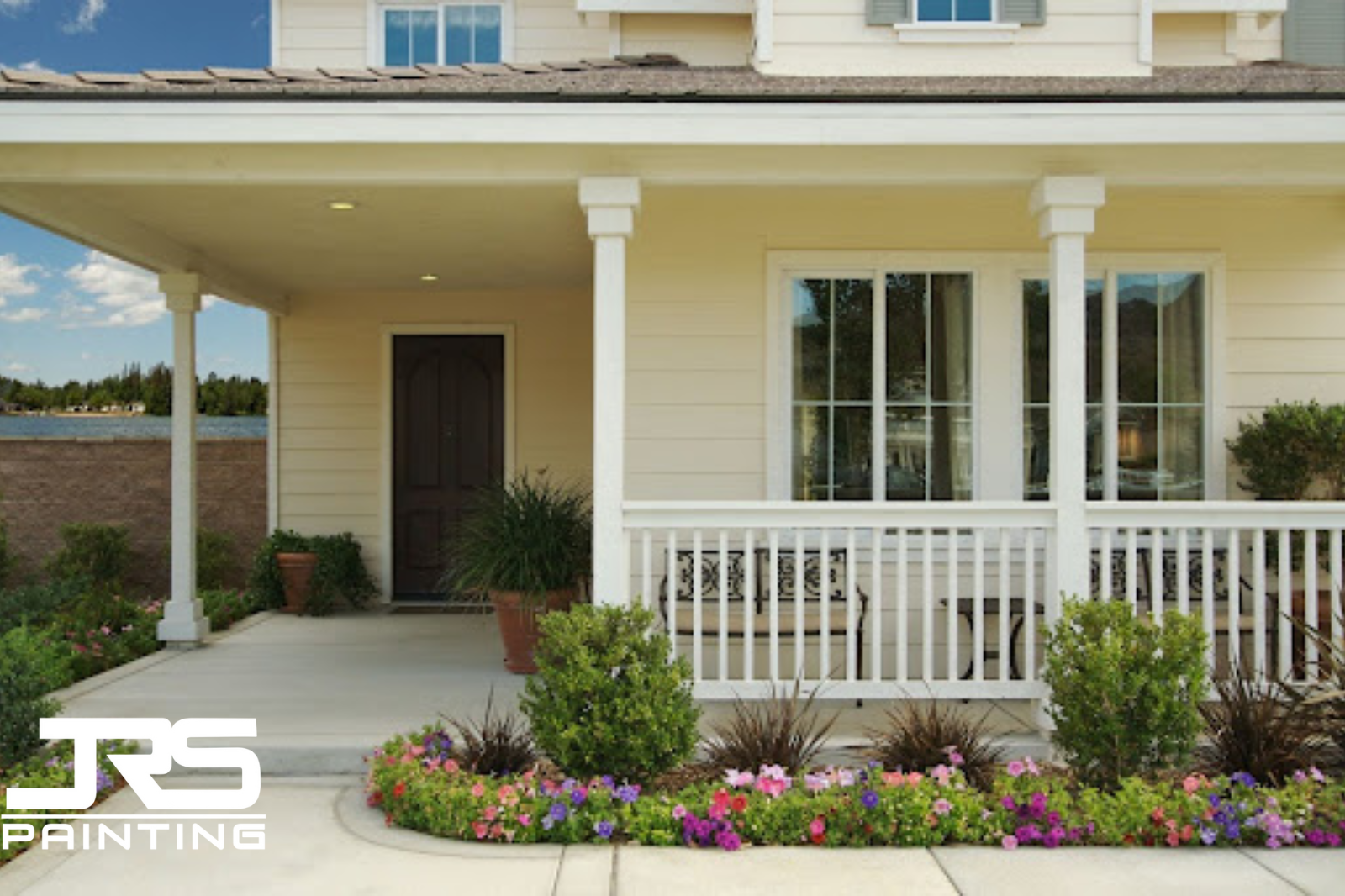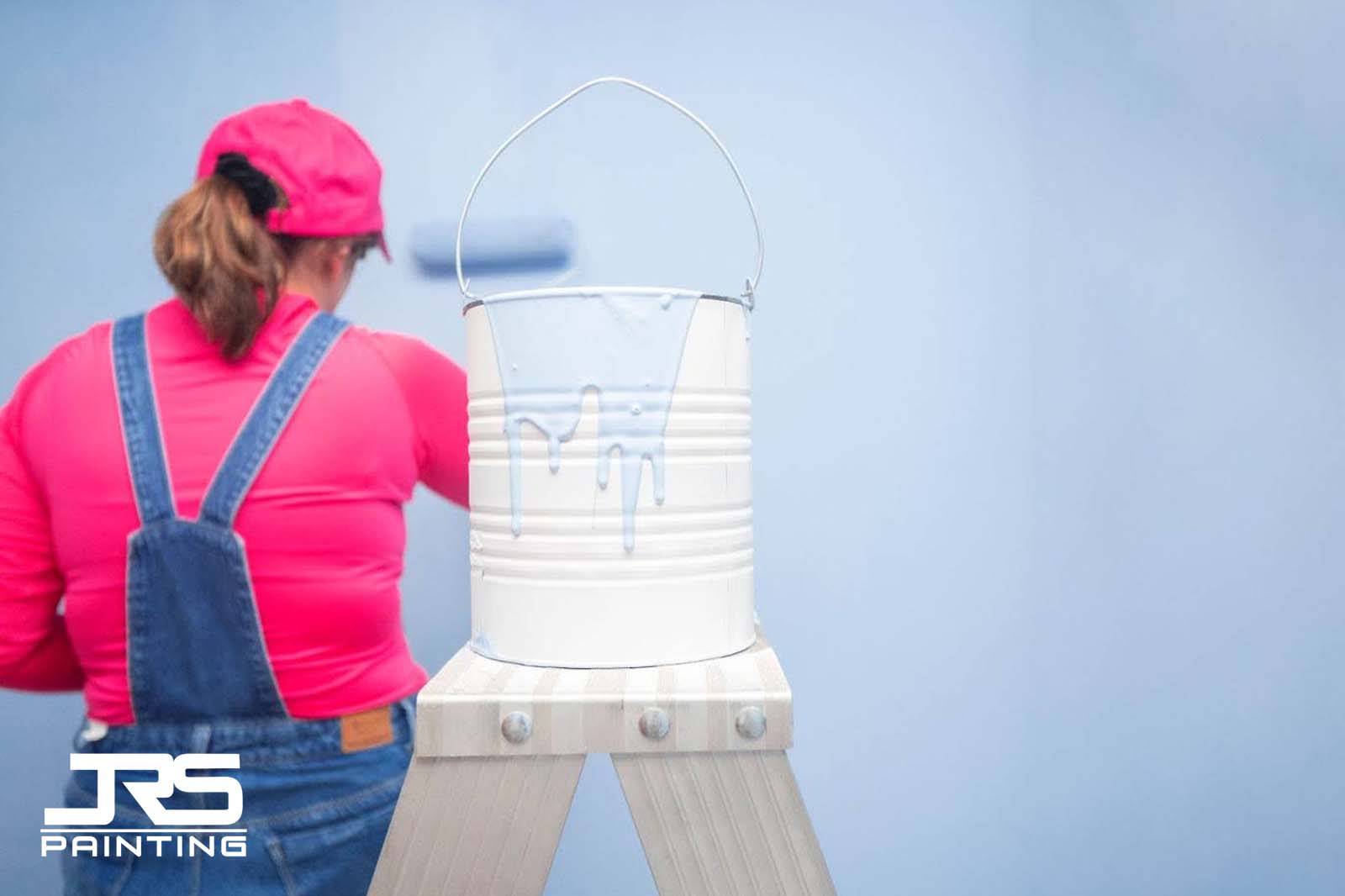
Picking the wrong paint gloss can make your whole project feel like a mistake. You know that perfect color you loved at the store? It might look completely different once it's on your walls. And what seemed like a wise choice could end up showing every little bump and scratch.
Learning about paint gloss isn't just about looks. Each type works differently when it comes to cleaning, lasting through daily life, and how light bounces around your room. Getting this choice right the first time saves you money and headaches later.
Whether you're planning a DIY project or considering residential painting in Phoenix, understanding these fundamentals will help you make informed decisions for your home.
What Is "Gloss" (Sheen) in Paint?
Paint gloss is how shiny your paint looks. Some paint soaks up light like a sponge, while other paint bounces light back like a mirror. This affects both how your room looks and how well your paint holds up to family life.
Paint companies measure shine using something called gloss units. Flat paint might measure under 10, while super shiny paint can go over 70. These numbers tell you how the paint will act when you're actually living with it every day.
The amount of shine changes everything. Shiny paint makes colors look deeper and richer because more light bounces back. But here's the catch: that same shine also makes every little wall flaw stand out more. It's like having excellent lighting that shows everything, good and bad.
Paint Gloss Levels at a Glance
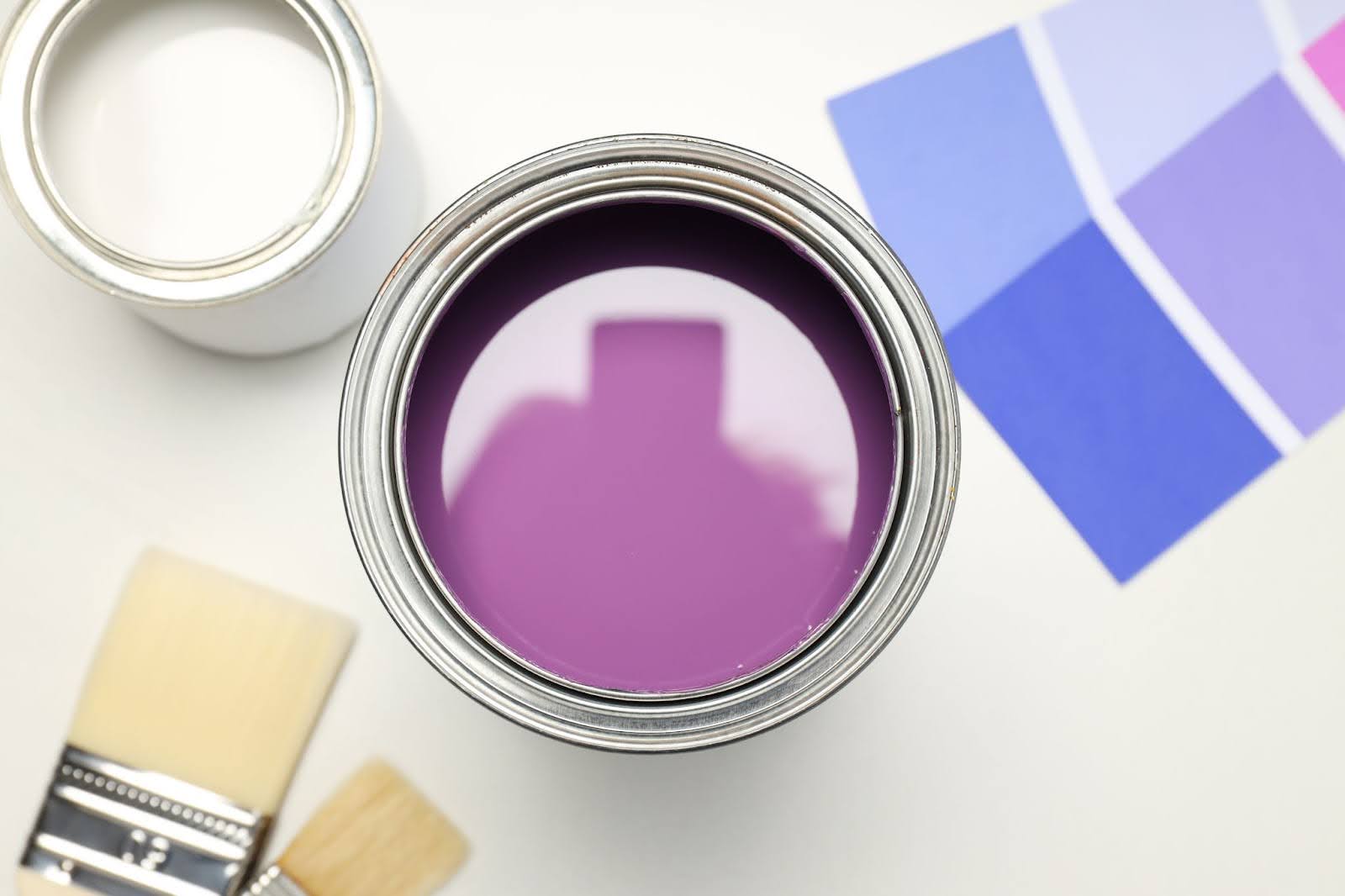
Paint stores offer five main types of shine. Flat paint has almost no shine and hides wall problems, but doesn't clean well. Eggshell adds just a tiny bit of glow. Satin has a noticeable shine and cleans more effectively. Semi-gloss is quite shiny and ideal for areas that tend to get dirty. High-gloss is highly glossy and durable, but it reveals every flaw.
Knowing these basics helps you narrow down your choices. However, the real decision comes from considering how each room is used and what your family's needs are.
Flat/Matte Paint Finishes
Flat paint feels soft and doesn't shine at all. It's perfect for hiding those little dings, nail holes, and bumpy spots that would stick out with shinier paint. Colors look calm and even, without any bright spots or reflections.
This works excellently in grown-up bedrooms where you want things to be peaceful. It's also perfect for home theaters because there's no glare bouncing off the walls to mess with your movie watching.
The best thing about flat paint is fixing problems later. When your kid draws on the wall or you get a scuff, you can just paint over that spot. It blends right in without showing brush marks or looking different from the rest of the wall.
But flat paint has one big problem: it doesn't like getting scrubbed. Spaghetti sauce, crayon marks, and sticky fingers can become permanent stains instead of things you can clean off.
If you love how flat paint looks but need something that cleans better, ask about premium flat paints. These cost more but let you wash them gently without ruining the finish.
Applications for Flat/Matte Paint:
- Adult bedrooms and master suites
- Formal dining rooms
- Home theaters and media rooms
- Ceilings throughout the house
- Low-traffic hallways
- Study rooms and libraries
Eggshell Paint Finishes
Eggshell paint has just enough shine to make colors look warm and rich without being too shiny. It gets its name because it seems like the outside of an egg - barely there, shine that feels soft and natural.
Most people love eggshells for living rooms, dining rooms, and bedrooms. It adds just enough glow to make your space feel welcoming without that cold, shiny look. Landlords often pick eggshells too because they're right in the middle, not too flat to clean, not too shiny for most people's taste.
You can still touch up eggshell pretty easily, though not quite as well as flat paint. Colors stay more even, and brush marks are less noticeable than with shinier paints. This makes fixing minor problems much less stressful.
How well eggshell cleans depends a lot on which paint you buy and how much you spend. Good eggshell paint handles everyday cleaning just fine. But it still struggles with really tough stains or heavy scrubbing.
If you're painting over patched walls, always use primer first with eggshell. Without it, those patches can show through and look spotty because they soak up paint differently than the rest of the wall.
Applications for Eggshell Paint:
- Living rooms and family rooms
- Standard bedrooms
- Dining rooms
- Home offices
- Rental properties
- Guest bedrooms
- Powder rooms with minimal moisture
Satin Paint Finishes
Satin paint has enough shine that you'll definitely notice it. It makes colors look richer and deeper while helping your walls resist stains and clean up better than flatter options. The extra shine also makes rooms feel more polished and put-together.
Busy hallways, kids' rooms, and family rooms do much better with satin. It handles all the bumps from furniture, book bags, and daily life. When someone spills juice or leaves handprints, satin paint cleans off much more easily.
But satin paint is pickier about your walls. Any waves, bumps, or rough spots will show up more because of that extra light bouncing around. This means you'll need to spend more time getting your walls smooth before painting.
Touching up satin paint can be tricky. The shiny spots look different from the rest of the wall, especially when light hits them just right. Many painters suggest redoing the whole wall instead of just the damaged spot.
Jr's Painting AZ always spends extra time preparing walls before using satin paint. The better your walls look before painting, the better satin will perform. Skip this step, and you'll see every flaw instead of hiding them.
Applications for Satin Paint:
- High-traffic hallways
- Children's bedrooms and playrooms
- Family rooms and living areas
- Stairwells and foyers
- Laundry rooms
- Home gyms
- Basement recreation rooms
Semi-Gloss Paint Finishes
Semi-gloss paint is pretty shiny and built to handle whatever your family throws at it. It cleans up easily and stands strong against moisture, making it perfect for places that get messy or wet. The shine also makes the trim and doors really pop.
This is your go-to choice for baseboards, door frames, cabinet doors, and bathroom or kitchen walls. All those handprints, food splatters, and everyday messes come right off with regular cleaning. Steamy bathrooms and humid kitchens won't hurt it either.
The shine comes with a price, though. Semi-gloss paint shows every single flaw, brush mark, and uneven spot. Dents and scratches that might disappear with flat paint become prominent features with semi-gloss.
Achieving a semi-gloss finish that looks good requires skill and patience; every brush stroke shows, so painters need to work carefully and keep everything smooth. Many professionals prefer spraying semi-gloss when possible to achieve the smoothest finish.
If you're painting cabinets with semi-gloss, the surface prep becomes even more critical. The smooth, hard finish that makes cleaning easy can also make it difficult for new paint to adhere without proper preparation.
Applications for Semi-Gloss Paint:
- Kitchen walls and backsplashes
- Bathroom walls and shower areas
- All interior trim and baseboards
- Door frames and window casings
- Cabinet doors and drawer fronts
- Closets and pantries
- Mudrooms and entryways
- Commercial spaces and offices
Gloss and High-Gloss Paint Finishes
High-gloss paint creates that mirror-like finish that makes a real statement. It reflects lots of light, making colors look incredibly deep and rich. Nothing cleans easier or lasts longer than high-gloss paint.
This works best for special pieces like front doors, furniture, built-in shelves, or accent walls where you want drama. Some modern designs feature high gloss on one wall to create a wow factor, while keeping the other walls calmer.
But high-gloss paint is absolutely unforgiving. Every tiny dust speck, brush hair, or bumpy spot gets magnified under all that light reflection. Your walls need to be perfect before you even open the paint can.
Most homeowners should hire professionals for high-gloss projects. The techniques required for smooth application and keeping dust away necessitate specialized tools and expertise. Even seasoned DIYers often struggle with high-gloss finishes.
When applied correctly, high-gloss paint can last for decades while retaining its original appearance. The investment in proper application pays off through years of easy maintenance and stunning appearance.
Applications for Gloss and High-Gloss Paint:
- Front doors and entry doors
- Accent walls for dramatic effect
- Built-in shelving and bookcases
- Furniture pieces and refinishing projects
- Powder room feature walls
- High-end commercial spaces
- Art studios and creative spaces
- Areas requiring maximum durability
Interior vs. Exterior Sheens
Exterior paint faces challenges that the interior paint never sees. Sun, rain, hot days, cold nights, and constant expansion and contraction create harsh conditions that change which shade level works best.
House siding usually looks better with flat or low-sheen paint. These options hide brush marks, overlap lines, and the natural aging that happens outside. Less shine also means fading looks more even over time.
Most residential painters recommend satin for exterior walls. It cleans better than flat paint when dirt and pollen stick to it, but doesn't show overlap marks like shinier paints do. It's the best middle ground for most homes.
Front doors, shutters, and metal parts often need semi-gloss or high-gloss paint. These spots get touched a lot and need to look sharp while handling all the weather and use they get. The extra shine also helps these features stand out.
If you live somewhere hot and dusty like Phoenix, shinier paint helps dirt wash off more easily. In humid places, less shine might work better because moisture can cause appearance problems with very shiny paints.
How Sheen Affects Color, Light, and Texture
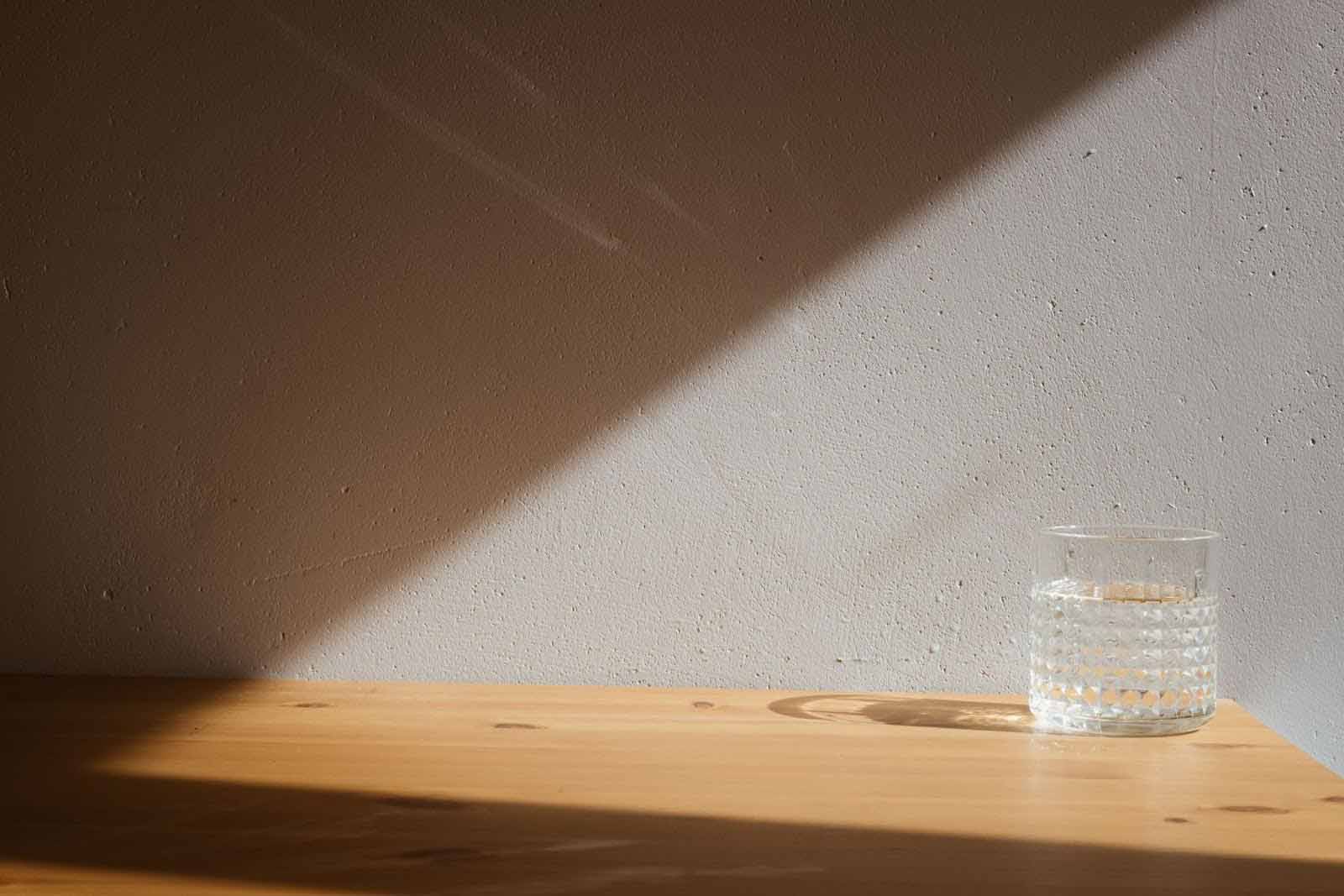
Paint shine alters how colors appear in ways that surprise many people. Shinier paint makes colors look more intense because more light bounces back from it. This same effect makes it nearly impossible to match colors between different shine levels, even when using the same paint.
Light direction and brightness work with paint shine to create different looks throughout the day. Light hitting walls at sharp angles shows texture and flaws much more with shinier paint. Soft light from lamps can hide these issues, but may not accurately represent how your room looks during everyday use.
Testing paint samples becomes particularly important because store lighting often fails to match the lighting in your home. Those tiny sample cards can't accurately represent how large the walls will actually appear under your specific lighting conditions. Competent painters always test real paint on walls and check it at different times of day.
Wall texture can work with shine to either enhance or detract from your overall look. The orange peel texture that many homes have becomes more pronounced with shinier paint, but it might actually add nice visual interest. Smooth walls look great with shinier paint that highlights the clean surface, while bumpy walls often look better with a less shiny finish.
Ready to Transform Your Home with the Perfect Paint Finish?
Choosing the right paint gloss doesn't have to be overwhelming. At Jr's Painting AZ, we help Phoenix-area homeowners select the perfect sheen for every room in their home. Our team will assess your walls, discuss your lifestyle needs, and recommend the ideal gloss level for lasting beauty and easy maintenance.
Get started today with a free consultation and estimate:
- Call us at 602-573-1419
- Email darren@jrspaintingaz.com
- Request your free estimate online
Don't let the wrong paint choice leave you frustrated. Let our 20+ years of experience guide you to paint finishes that look amazing and work perfectly for your family's daily life.
Frequently Asked Questions
Related Articles
Exterior Painting, Residential Painting
Exterior Painting, Residential Painting, Tips & Tricks


